Category: Travel
-

Gunung Mulu National Park: Borneo’s Caves, Biodiversity & Culture
Introduction Deep in the heart of Malaysian Borneo lies Gunung Mulu National Park, an enigmatic wonderland that combines towering limestone pinnacles, lush rainforests, and one of the world’s most extensive cave systems. Recognized as a UNESCO World Heritage Site, Gunung Mulu captivates adventurers, scientists, and nature lovers alike. The unique karst landscape, remarkable biodiversity, and…
-

Explore Malacca: UNESCO Site, Cultural Fusion & Culinary Delights
Introduction Nestled on the west coast of Peninsular Malaysia, Malacca—also known as Melaka—stands as a city infused with a rich blend of heritage, culture, and historical intrigue. For centuries, this unique city has served as a key crossroads for global trade, leaving a distinctive imprint on its architecture, cuisine, and identity. Journeying through Malacca is…
-
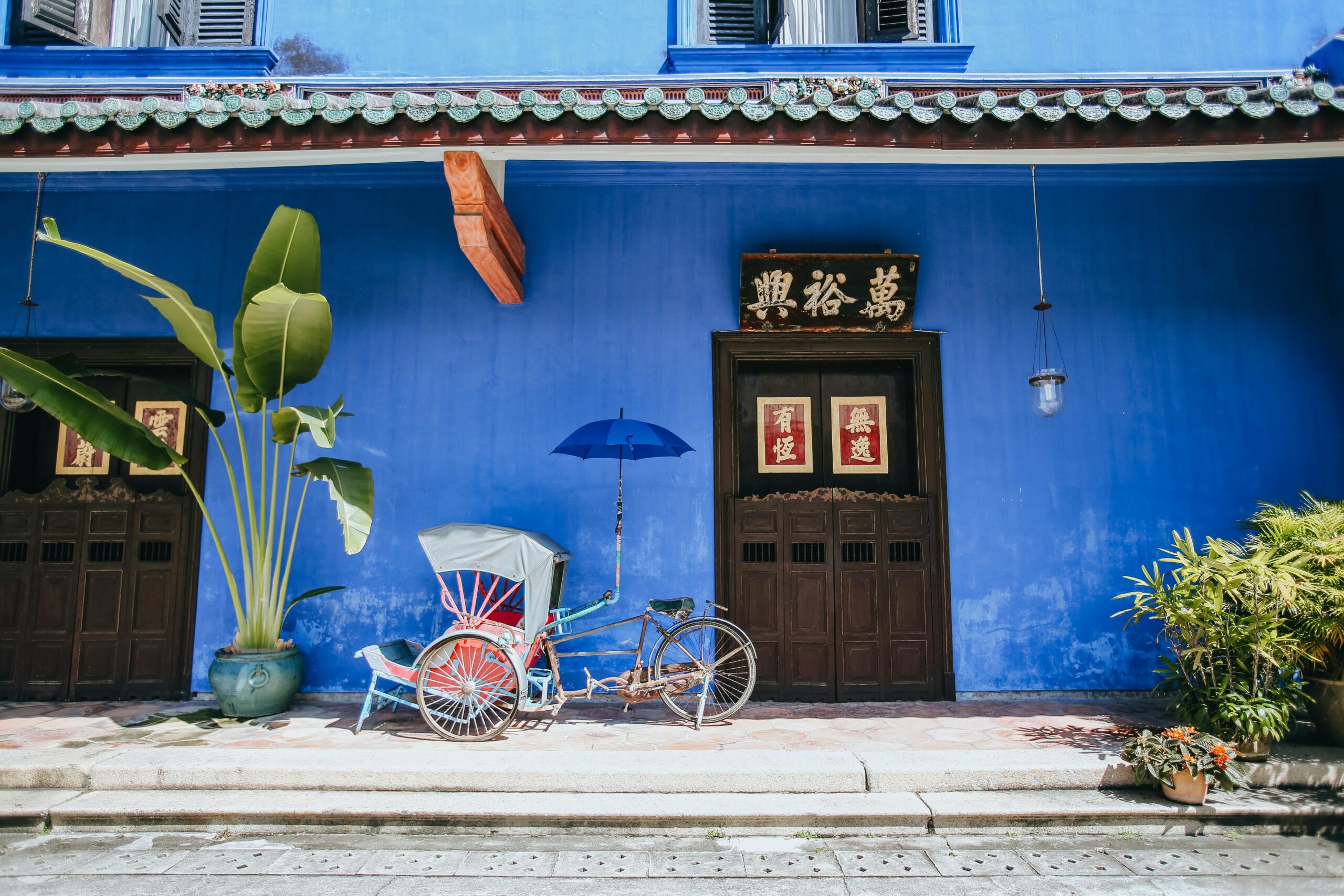
Penang: UNESCO Heritage, Culinary Capital & Tech Innovation Hub
Penang: A Tapestry of Culture, Flavor, and Innovation Nestled along Malaysia’s northwest coast, Penang is a vibrant fusion of history, culture, and modernity. Known as the “Pearl of the Orient,” this island-state has captivated travelers for centuries with its UNESCO-listed George Town, a living museum of colonial architecture and multicultural heritage. From bustling hawker stalls…
-
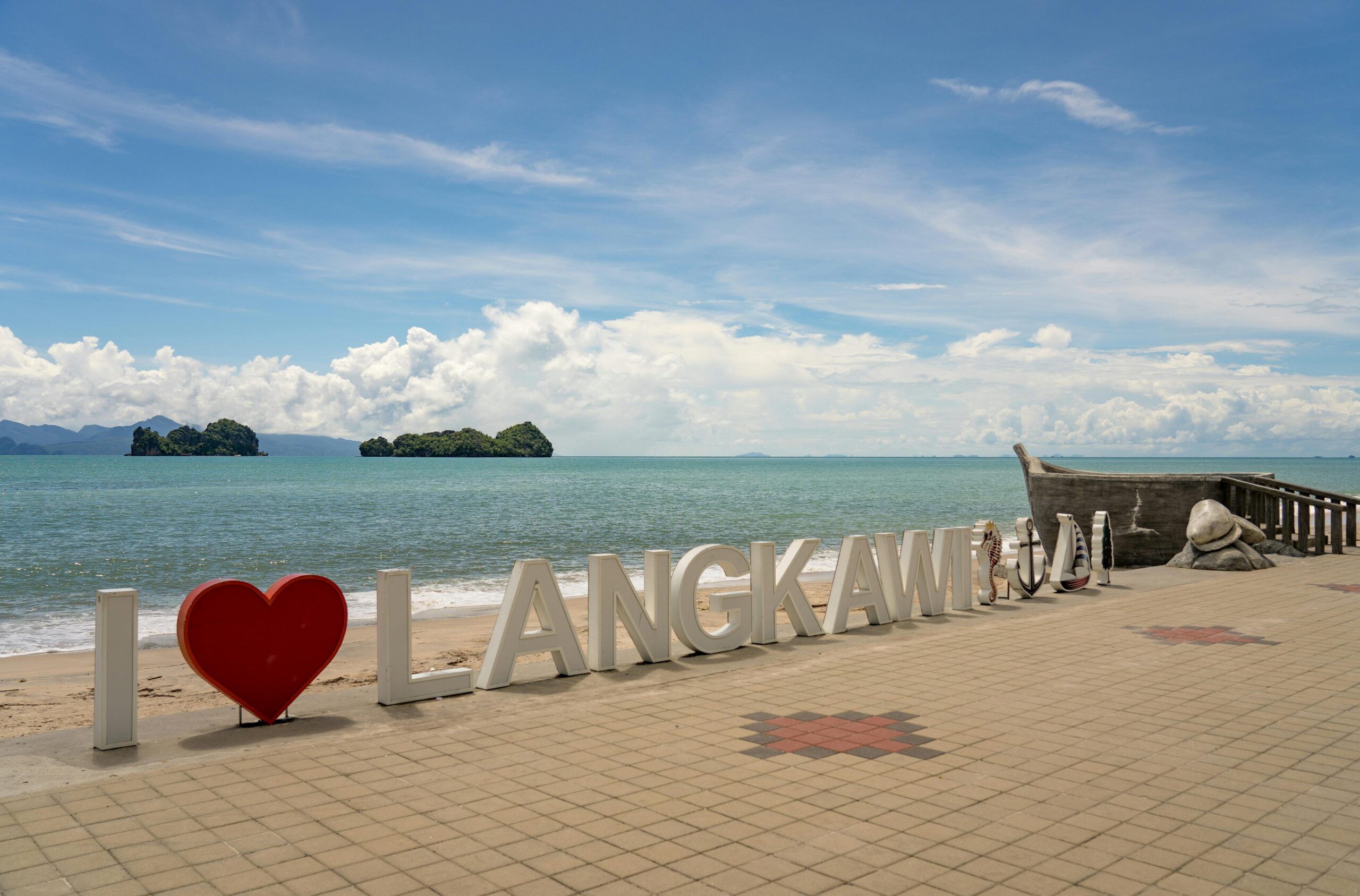
Langkawi: Malaysia’s Tropical Jewel, UNESCO Geopark & Culture
Discovering Langkawi: Malaysia’s Tropical Jewel Nestled in the Andaman Sea, Langkawi is an archipelago of 99 islands renowned for its pristine beaches, lush rainforests, and rich cultural tapestry. A UNESCO Global Geopark since 2007, this Malaysian paradise blends natural wonders with myth and history, offering travelers a unique escape. From the dramatic limestone cliffs of…
-
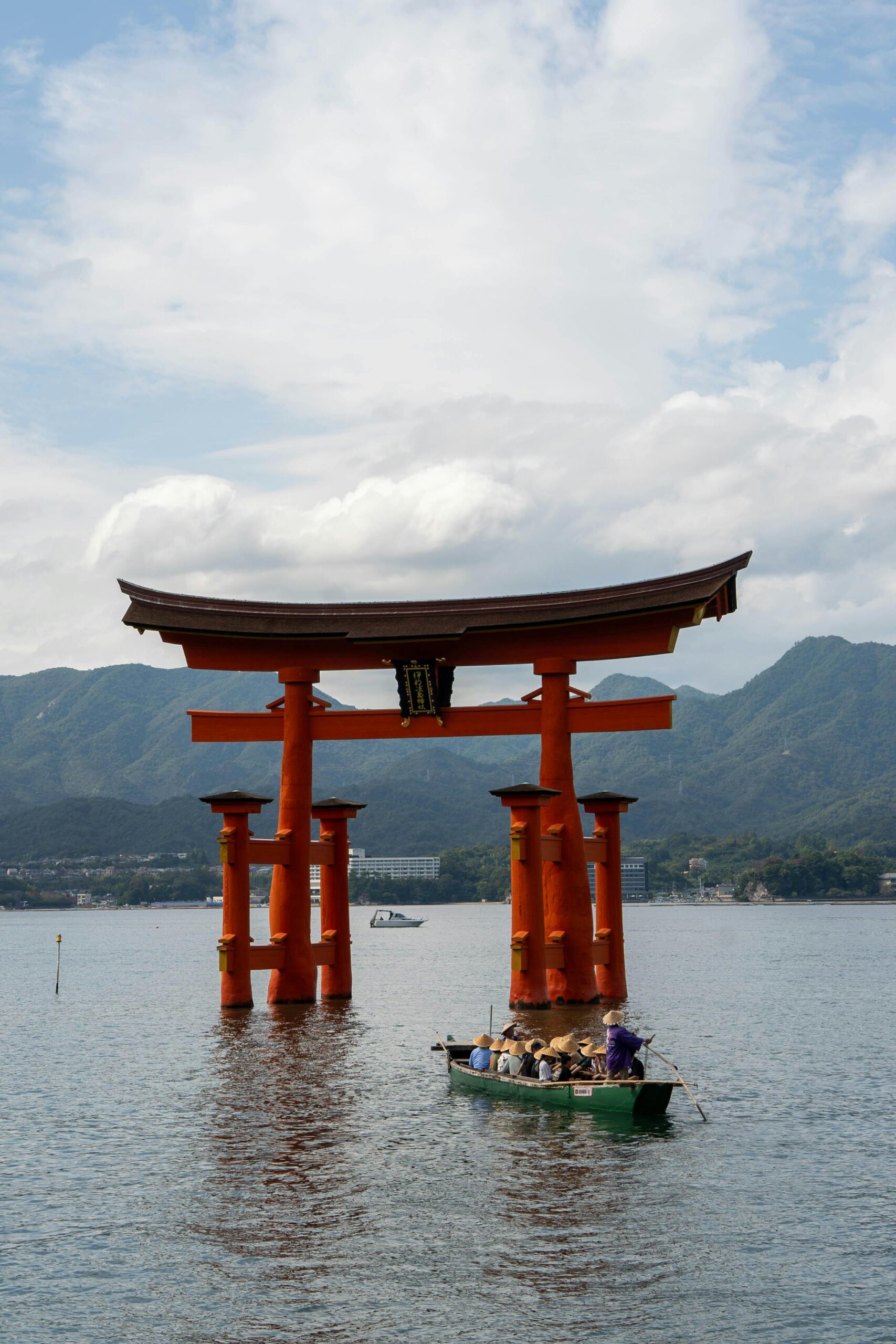
Miyajima Island: UNESCO Heritage, Floating Torii & Spiritual Harmony
Miyajima Island: Where Nature and Spirituality Converge Nestled in the Seto Inland Sea, Miyajima Island—officially known as Itsukushima—is a place where myth and reality intertwine. Renowned for its iconic torii gate, which appears to float during high tide, the island has been revered as sacred ground for over 1,500 years. Designated a UNESCO World Heritage…
-

Takayama: Timeless Edo Culture, Matsuri & Japanese Alps
Discovering Takayama: A Journey Through Time and Tradition Nestled in the mountainous heart of Gifu Prefecture, Takayama is a picturesque town where Japan’s feudal past harmonizes with vibrant modern culture. Known as “Little Kyoto” for its impeccably preserved Edo-period streets, this hidden gem offers a rare glimpse into traditional architecture, artisanal craftsmanship, and seasonal festivals…
-

Nikkō: Nature & Spiritual Heritage at UNESCO World Heritage Site
Nikkō: Where Nature and Spirituality Converge Nestled in the mountainous heart of Tochigi Prefecture, Nikkō is a UNESCO World Heritage Site that epitomizes Japan’s harmonious blend of natural grandeur and profound spirituality. Renowned for its lavishly decorated shrines, serene forests, and cascading waterfalls, this historic town has been a pilgrimage destination for centuries. From the…
-

Hakone: Japan’s Mountain Escape with Onsen, Mount Fuji & Culture
Discovering Hakone: Japan’s Mountainous Escape Nestled in the Fuji-Hakone-Izu National Park, just 90 minutes from Tokyo, Hakone is a sanctuary where nature, culture, and relaxation converge. Renowned for its hot springs, panoramic views of Mount Fuji, and rich artistic heritage, this volcanic region has captivated travelers for centuries. Once a critical checkpoint on the historic…
-
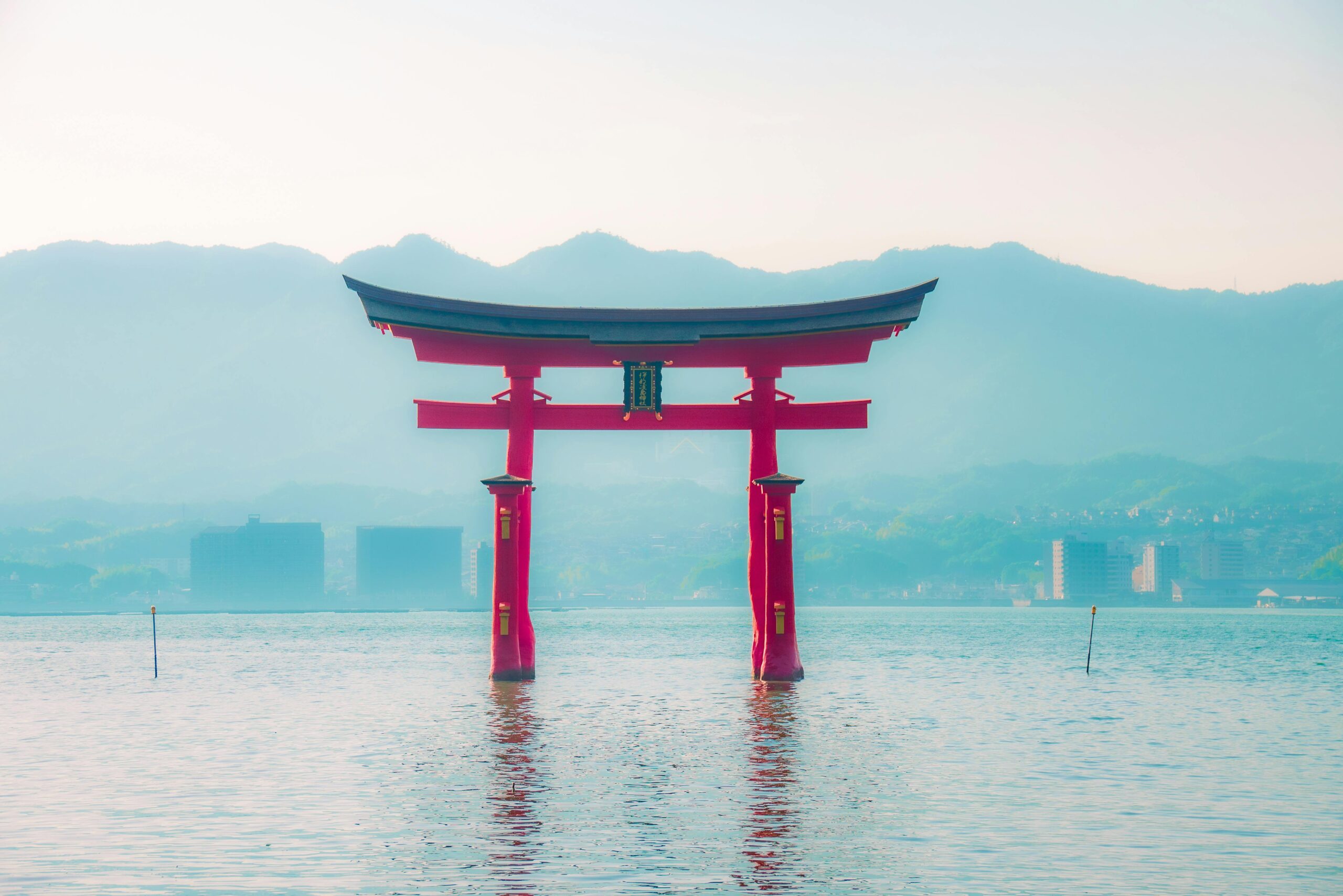
Hiroshima: From Atomic Tragedy to Global Peace Symbol
Hiroshima: From Tragedy to Symbol of Global Peace On August 6, 1945, the world witnessed a catastrophic turning point: the atomic bombing of Hiroshima. This event not only marked the end of World War II but also ushered humanity into the nuclear age, forcing a reckoning with the devastating power of technology. Today, Hiroshima stands…
-
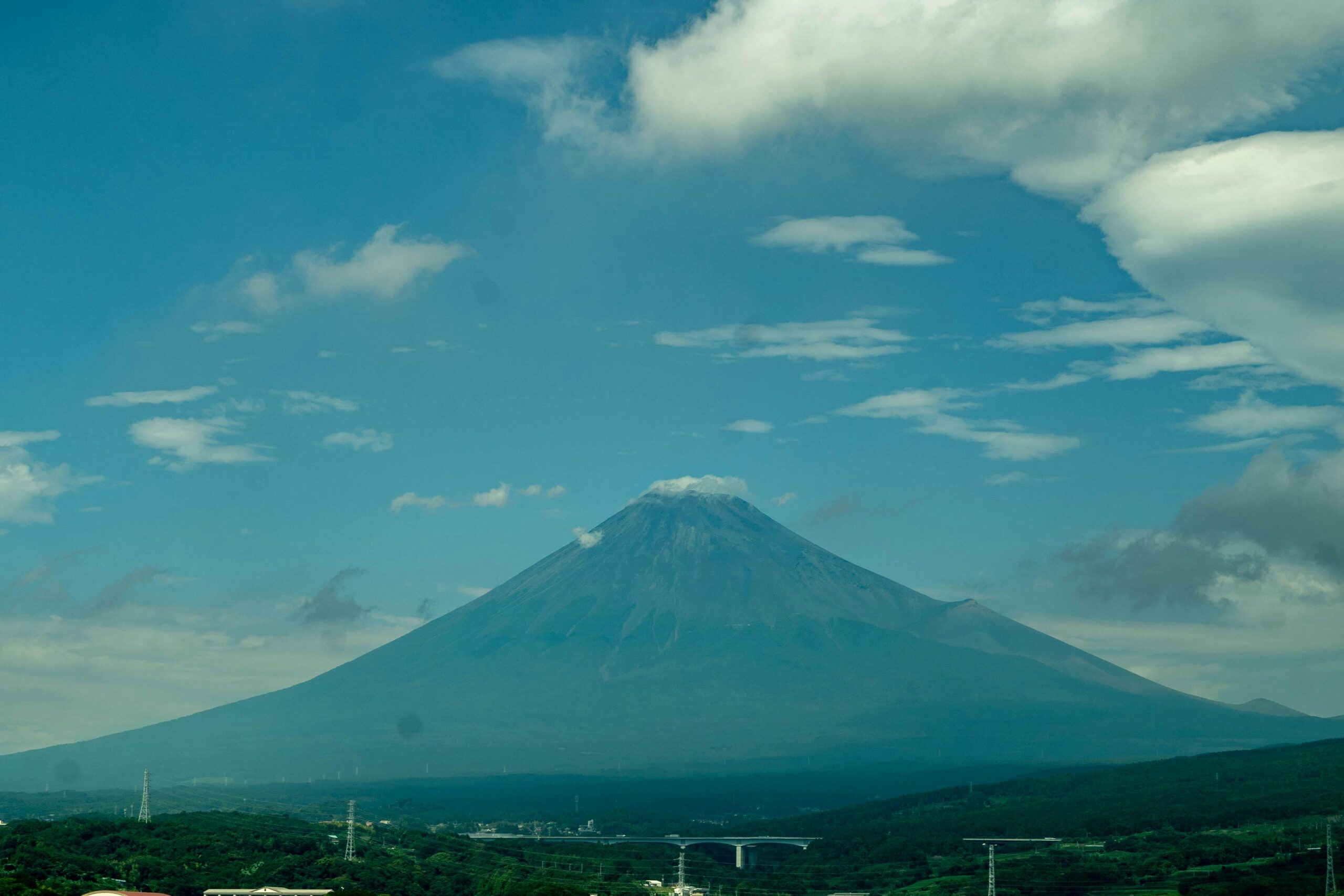
Mount Fuji: Japan’s Cultural Icon, Nature & UNESCO Heritage
Mount Fuji: Japan’s Iconic Peak of Nature and Culture Rising majestically to 3,776 meters, Mount Fuji is far more than Japan’s highest mountain. A dormant stratovolcano last erupting in 1707, it has captivated hearts for centuries, symbolizing both the awe-inspiring power of nature and the spiritual essence of Japanese identity. Designated a UNESCO World Heritage…